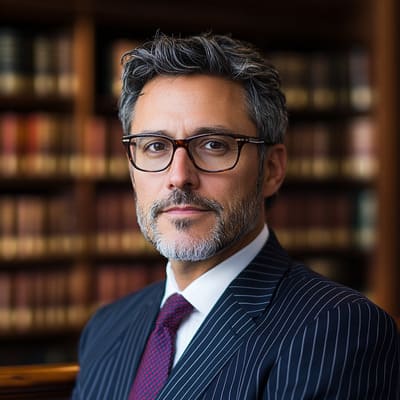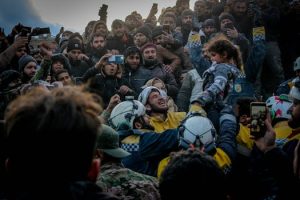Global Migration and Refugee Legal Frameworks
Global migration and refugee movements have become an increasingly pressing and complex issue in recent years. With the rise of globalization and the increasing interconnectivity of the world, the number of individuals and families seeking refuge and a better life in other countries has risen significantly. However, with this increase in migration comes a need for proper legal frameworks and policies to ensure the protection and rights of both migrants and refugees. In this article, we will explore the global migration and refugee legal frameworks and the challenges they face in addressing this complex issue.
Understanding Global Migration and Refugee Movements
Before delving into the legal frameworks surrounding global migration and refugee movements, it is important to understand the current state of world migration and the reasons behind it. According to the United Nations, there are currently 272 million international migrants, with more than half of them coming from developing countries. Furthermore, there are over 26 million refugees, half of which are under the age of 18.
There are various reasons that individuals and families choose to migrate, such as economic opportunities, education, or family reunification. However, one of the main reasons for migration is forced displacement due to conflict, persecution, natural disasters, or other emergencies. With the ongoing global crises, including wars and environmental disasters, the number of refugees and asylum seekers has reached an all-time high.
The Legal Frameworks for Global Migration and Refugee Protection
There are several international legal frameworks in place to protect the rights of migrants and refugees, including the 1951 Refugee Convention and the International Convention on the Protection of the Rights of All Migrant Workers and Members of Their Families. These frameworks outline the rights and obligations of both the host country and the individual or family seeking refuge.
The 1951 Refugee Convention
The 1951 Refugee Convention was created in response to the post-World War II refugee crisis. It defines the term refugee and outlines the rights and obligations of both refugees and the host countries. According to the convention, a refugee is someone who “owing to a well-founded fear of being persecuted for reasons of race, religion, nationality, membership of a particular social group or political opinion, is outside the country of their nationality and is unable or, owing to such fear, unwilling to avail themselves of the protection of that country.”
The convention lays out several key rights for refugees, including the right to non-refoulement (the principle of not returning refugees to a country where they may face persecution), the right to access education and work, and the right to freedom of movement and residence. It also outlines the responsibilities of host countries in providing protection and support to refugees.
The International Convention on the Protection of the Rights of All Migrant Workers and Members of Their Families
This convention, adopted in 1990, was created to protect the rights of migrant workers and their families. It defines a migrant worker as “a person who is to be engaged, is engaged or has been engaged in a remunerated activity in a State of which he or she is not a national,” and outlines their rights and protection, regardless of their immigration status. It also sets out the responsibilities of host countries to ensure the human rights and fundamental freedoms of migrant workers are respected and protected.
Challenges and Gaps in the Legal Frameworks
While the global migration and refugee legal frameworks have provided essential protection and guidance, there are still challenges and gaps that need to be addressed. One of the main challenges is the lack of compliance and implementation of these frameworks by some countries. Many host countries have implemented restrictive immigration policies, making it difficult for refugees and migrants to access their rights and protection under the conventions.
Furthermore, the refugee and migration crisis has shown the need for more comprehensive and inclusive policies that address the root causes of migration, rather than solely focusing on the immediate protection of migrants and refugees. This includes addressing economic and social inequalities, conflicts, and humanitarian crises in the countries of origin, as well as providing integration and resettlement support for refugees in host countries.
Conclusion
In conclusion, global migration and refugee movements have become a complex and urgent issue in our interconnected world. The legal frameworks in place, such as the 1951 Refugee Convention and the International Convention on the Protection of the Rights of All Migrant Workers and Members of Their Families, have provided essential protection and guidance. However, there is still a need for stronger compliance and implementation of these frameworks and more comprehensive policies to address the root causes of migration and ensure the human rights and dignity of all migrants and refugees are respected and protected.











